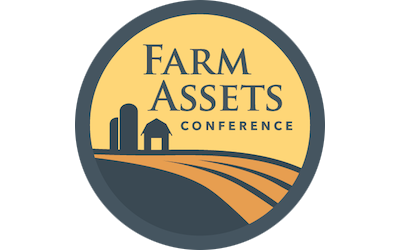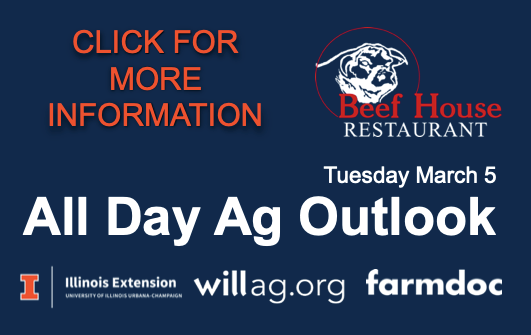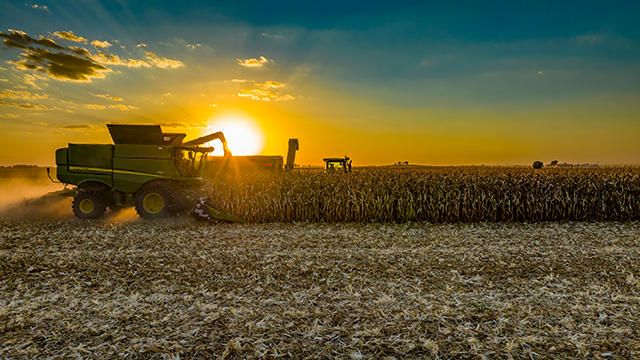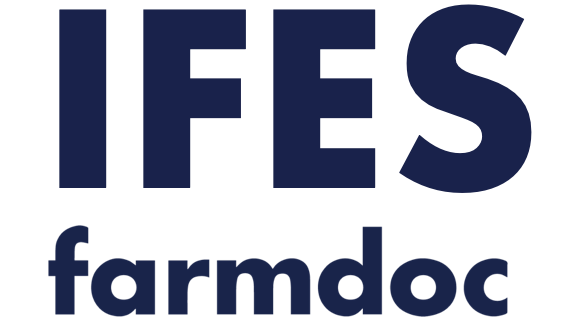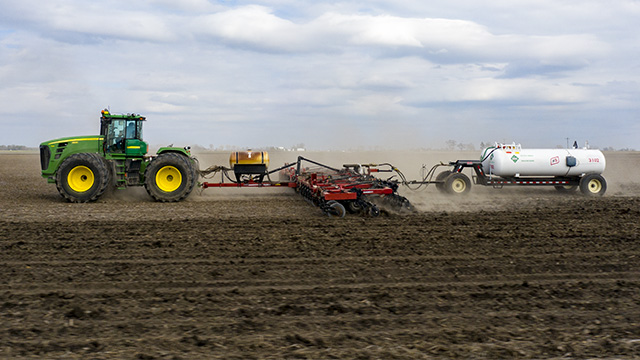Leverage Your Farm Data to Drive Profitability
Join Precision Conservation Management (PCM) for a practical discussion on how to protect your bottom line by focusing on what you can control—your data. Drawing from 10 years of PCM farmer data, we’ll explore how practices like reducing tillage passes and applying nitrogen more efficiently increase profitability, even without incentive payments. You’ll also hear from…


































